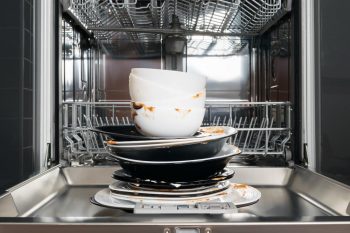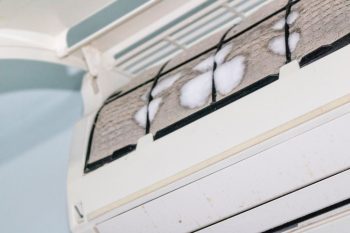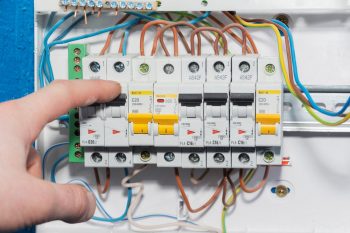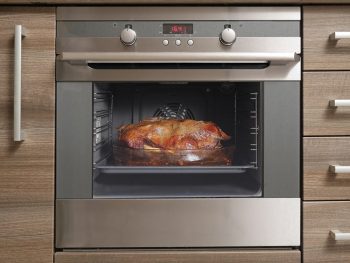
A refrigerator compressor is the heart of the cooling system and plays a crucial role in keeping your food fresh. However, like any other appliance, it can run into problems over time. This comprehensive guide will provide you with practical steps on how to troubleshoot a refrigerator compressor, helping you identify and address issues before they escalate.
To troubleshoot a refrigerator compressor, first identify the signs of a faulty compressor such as unusual noises, inconsistent cooling, high electricity bills, a tripping circuit breaker, or the compressor not running. Gather necessary tools like a multimeter, screwdrivers, and a manifold gauge set. Follow safety measures like unplugging the refrigerator and wearing protective gear. Check for power, inspect the condenser fan, listen for unusual noises, test the start relay, examine the electronic control board, check the wiring, measure suction and discharge pressures, check the discharge line temperature, record temperatures in the refrigerated space, and use a multimeter to test the compressor motor. If the problem persists, contact a professional technician.
Signs Your Refrigerator Compressor Might Be Faulty
Before we delve into the troubleshooting steps, it’s crucial to be aware of the signs that indicate a potential compressor problem. Here are some telltale signs:
- Unusual noises: A bad compressor may make increased humming or buzzing noises.
- Inconsistent cooling: If the refrigerator is not very cool, even though the compressor seems to work sometimes, it could indicate a problem.
- High electricity bills: A defective compressor will require much more electricity than normal as it struggles to keep the refrigerator cool.
- Tripping circuit breaker: A failing compressor may cause the circuit breaker to trip repeatedly.
- Compressor not running or clicking: If you hear no sounds and the compressor isn’t running, or you hear a click, inspect the overload relay, start relay, and start capacitor.
- Constant and loud humming noise: If the compressor makes a constant and loud humming noise that doesn’t shut off, it may be broken or have a coolant leak.
Tools and Safety Measures Required for Troubleshooting
Before you begin, assemble the right tools and follow safety measures to prevent accidents or injuries. You’ll need:
- Multimeter
- Screwdrivers
- Ratchet wrenches
- Manifold gauge set (for refrigeration)
- Stethoscope (optional, for listening to the compressor)
Safety measures include:
- Unplug the refrigerator from the power source.
- Wear protective gear such as gloves and safety goggles.
- Inspect the electrical line for possible short circuits before starting the diagnosis.
- Ensure the compressor and other components have cooled down before working on them.
Basic Troubleshooting Steps
Now that you’re equipped with the necessary knowledge and tools, let’s move on to the troubleshooting steps:
- Check for power: Ensure that the refrigerator is plugged in and receiving power.
- Inspect the condenser fan: Remove the machine compartment cover and check if the condenser fan is running.
- Listen for unusual noises: If you hear a buzzing or clicking sound, it could indicate a problem with the compressor.
- Test the start relay: The start relay activates the compressor. Check its condition and replace it if necessary.
- Examine the electronic control board: This component sends power to the compressor. If it’s faulty, you may need to replace it.
- Check the wiring: Look for pinched or broken wires in the control board harness and on the wires leading up to the compressor. Repair or replace any damaged wires.
- Measure suction and discharge pressures: This can help you determine if there’s an issue with the compressor’s performance.
- Check the discharge line temperature: An abnormal temperature could indicate a problem with the compressor.
- Record temperatures in the refrigerated space: If the refrigerator isn’t cooling properly, it could be due to a faulty compressor.
- Use a multimeter: Test the compressor motor using a multimeter to check if it’s functioning properly.
If you’ve performed these steps and still suspect a problem with the compressor, it’s best to contact a professional technician for further diagnosis and repair.
When to Call a Professional
While some minor issues can be handled at home, certain problems require the expertise of a professional. Call a technician if you lack experience with electrical components and wiring, when the issue involves replacing the compressor, if the refrigerator is making unusual noises, if the refrigerator is constantly running or tripping the circuit breaker, or if the refrigerator is not maintaining the right temperature.
Final Thoughts
Troubleshooting a refrigerator compressor might seem daunting, but with the right knowledge and tools, you can identify and fix many common problems. However, always remember that safety comes first. If you’re unsure about any steps or repairs, don’t hesitate to contact a professional.
Frequently Asked Questions
What is a start relay and where is it located in the refrigerator?
The start relay is a device that helps start the compressor. It is usually located at the back of the refrigerator, attached to the side of the compressor.
How can I tell if my refrigerator’s start relay is faulty?
A faulty start relay often causes the refrigerator to make a clicking sound every few minutes as the compressor tries to start. You can also test the relay using a multimeter for continuity.
What is the function of a condenser fan in a refrigerator?
The condenser fan helps to dissipate the heat produced by the condenser coil and the compressor. This keeps the refrigerator cool and functioning efficiently.
How do I test a refrigerator compressor with a multimeter?
To test a refrigerator compressor with a multimeter, set the multimeter to read ohms and touch the probes to the compressor’s terminals. The multimeter should show a reading for each pair of terminals. If it doesn’t, the compressor is faulty.
What is a manifold gauge set and why is it needed for troubleshooting a refrigerator compressor?
A manifold gauge set is a tool used to measure the pressure of refrigerant in the cooling system. It can help determine if the compressor is pumping the refrigerant properly.
How often should I troubleshoot my refrigerator compressor?
Regular maintenance and checks are recommended to ensure your refrigerator is working optimally. However, you should troubleshoot the compressor specifically if you notice any of the signs mentioned in the blog post.












